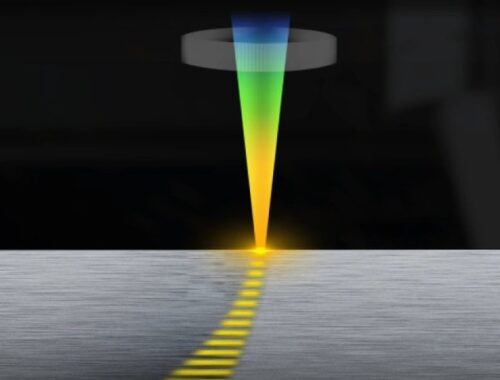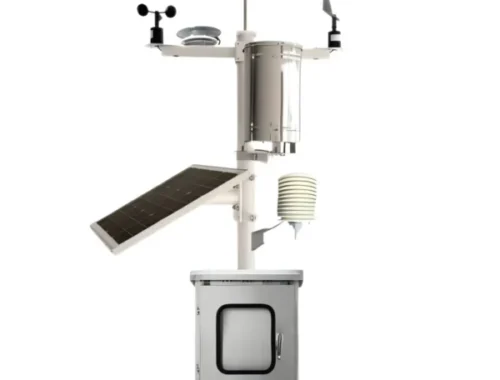Was the Ocean Cleanup Just a Pipe Dream?
>
Last fall, with much fanfare, a 2,000-foot-long contraption of floating pipes was towed out to sea from San Francisco as the first step in an ambitious project to clean up the Great Pacific Garbage Patch, an estimated 1.8 trillion pieces of trash (including some 87,000 tons of plastic) floating between California and Hawaii. System 001, also known as Wilson, was supposed to pick up some of those pieces. The Dutch nonprofit behind the endeavor, the Ocean Cleanup (TOC), hoped to eventually deploy 59 more similar devices, claiming that all together they could collect half the debris in the patch within five years.
Now, after less than four months, System 001 is coming home almost empty-handed—and in pieces. It’s being towed to Hawaii for investigation and repairs after what Boyan Slat, TOC’s founder and a much hyped boy genius (he started the organization in 2013, when he was 18) has described in a blog post as “structural malfunctioning.” In late December, a 60-foot piece of pipe broke off the end of the system, which is comprised of a horseshoe-shaped boom with a skirt designed to corral debris floating on or near the ocean’s surface. As was widely reported earlier in the fall, System 001 had difficulty holding onto much of the garbage it captured, though Slat wrote in his new blog post that the team had recovered some 4,400 pounds of plastic in the form of debris and old fishing nets. He called the failures “teething troubles,” and said he is “confident we’ll get The Ocean Cleanup fully operational in 2019.”
To others working the challenge of ocean plastics, however, System 001’s shortcomings were entirely predictable. “I am disappointed that it has failed, but I am not surprised,” says marine biologist Miriam Goldstein, the director of ocean policy at the Center for American Progress, a think tank based in Washington, D.C. Goldstein, who focused her Ph.D. research on the Great Pacific Garbage Patch while at the Scripps Institution of Oceanography in the mid-2000s, was an early critic of TOC. So was Kim Martini, an oceanographer with Sea-Bird Scientific, which manufactures offshore ocean-monitoring instruments for marine scientists. The two wrote highly skeptical reviews of TOC’s initial plans back in 2013. After TOC released a feasibility study the following year, Goldstein and Martini concluded that the prototype was “under-engineered” for the open ocean. “Being a naysayer is neither fun nor professionally rewarding,” they wrote on the blog Deep Sea News. “However, … we believe that scientists have a duty to communicate to the public on topics that the public wants to know about.” They concluded that the TOC system would be unable to capture plastic in the ocean and predicted that it wouldn’t be able to endure rough conditions at sea without breaking.
In response, Slat disputed some of the calculations that Goldstein and Martini had made, and remarked that “Ms. Martini and Ms. Goldstein are no engineers, they’re oceanographers.”
“The whole scientific-peer-review process is a process of constructive critique,” says Goldstein now. “I do not believe the Ocean Cleanup was open to engaging in that process,” adding that since 2014, TOC has released “very limited public information” about its design.
Other scientists echoed the concern that the system TOC was building wouldn’t be able to capture much plastic and could possibly break apart. They also worried that it might harm marine wildlife and that the plastic it did collect wouldn’t have anywhere to go. The consensus response among established ocean researchers was that was that old-fashioned human-powered beach cleanups would be much more cost-effective than rigging an experimental device to perform an autonomous cleanup. “In the opinion of most of the scientific community,” one marine biologist told Science, conducting a cleanup out at sea instead of closer to shore “is a waste of effort.”
TOC insisted it performed enough prototype testing to be confident that the system would pick up plastic and “weather the waves of a once-in-a-century storm,” according to Wired. As for the beach cleanups? Slat said there was no reason the world can’t have those and TOC’s system, too.
There is definitely an appeal to the dream the Ocean Cleanup is selling: we can go out to sea and scoop up the plastic. All it takes is youthful optimism, some nifty engineering, and about $360 million.
But according to Marcus Eriksen, the cofounder of the 5 Gyres Institute, an organization committed to ending plastic pollution, such grand pipe dreams can get in the way of real solutions. “This is the sexy story right now. It’s easy, it’s digestible, and it plays to the lack of information on ocean plastics,” he says. “I can’t tell you how many times people have come to me with the same kind of story as Boyan Slat—‘We have a barge, we have an airplane, we have a ship to go scoop up trash from the sea!’”
Eriksen, who has been bringing attention to the Great Pacific Garbage Patch for more than a decade, believes the world cannot have both practical, proven efforts and moonshot experiments. Successful environmental endeavors, he says, “focus on prevention and reject distractions,” noting that cleaning the air in cities didn’t succeed because of smog-collecting systems. Instead, society rallied to reduce air pollution.
“There’s only limited time and resources that the public and policymakers have on this issue,” says Eriksen. “We need all hands on deck to focus on prevention. What the Ocean Cleanup is doing is taking public attention away from that fact.”
You May Also Like

Sprunki: A Comprehensive Exploration of Its Origins and Impact
March 19, 2025
HOW TO IMPROVE PRODUCTION EFFICIENCY OF A LASER PLATE CUTTING MACHINE
November 22, 2024